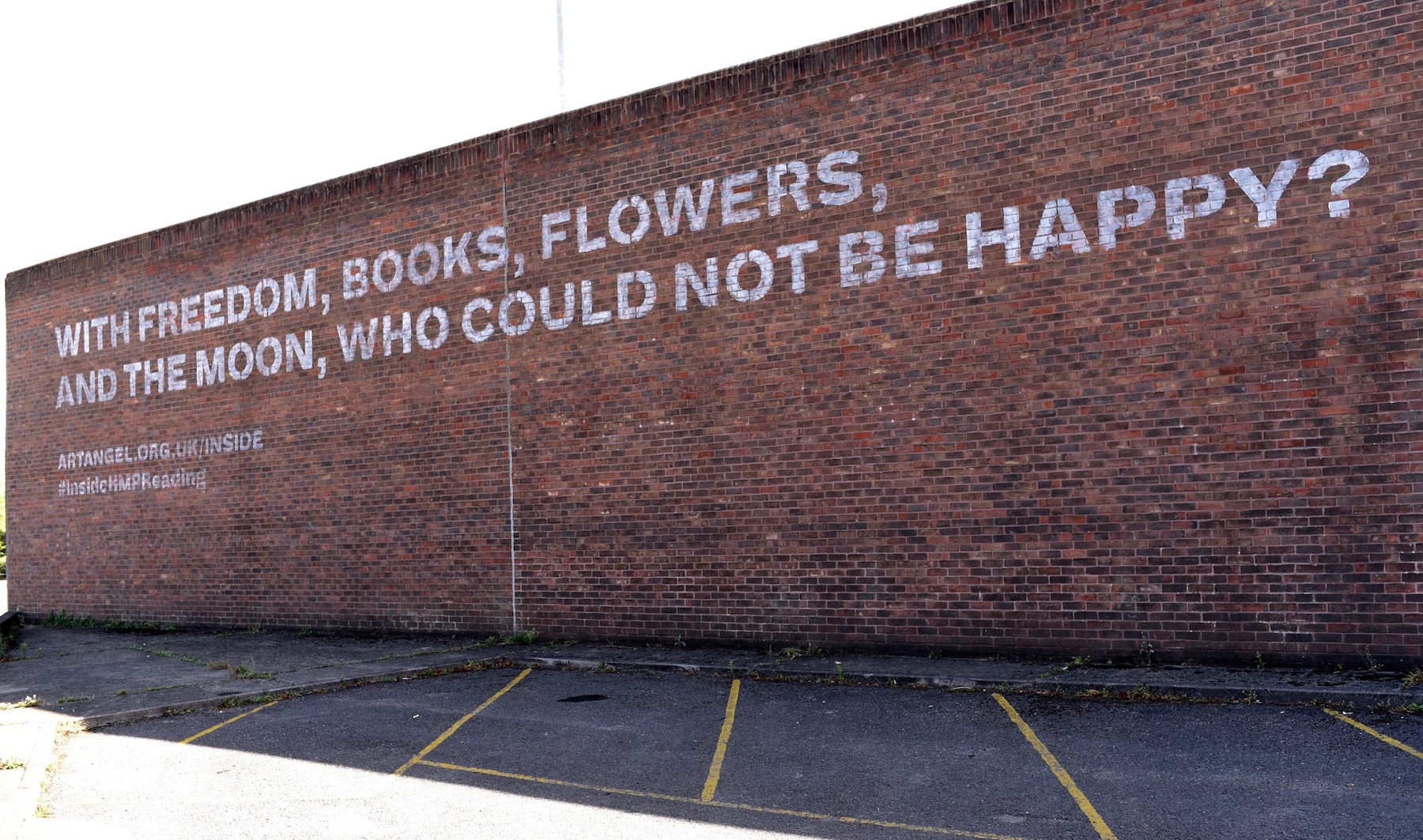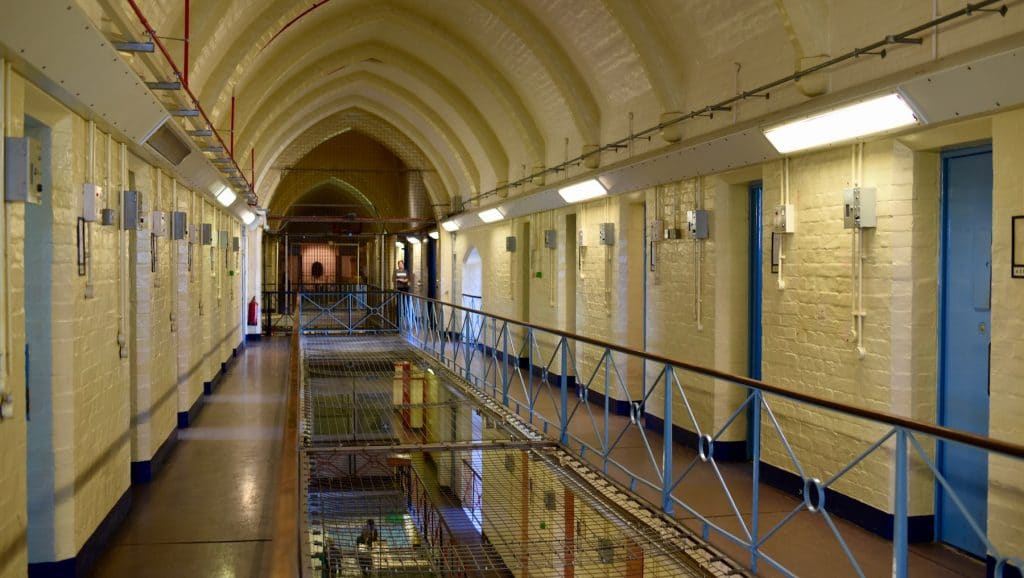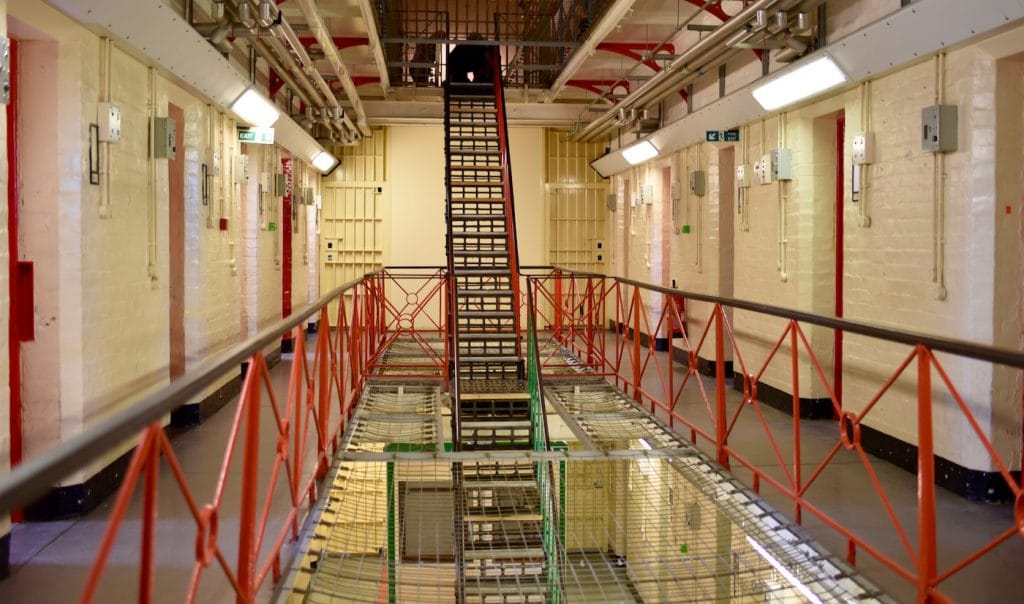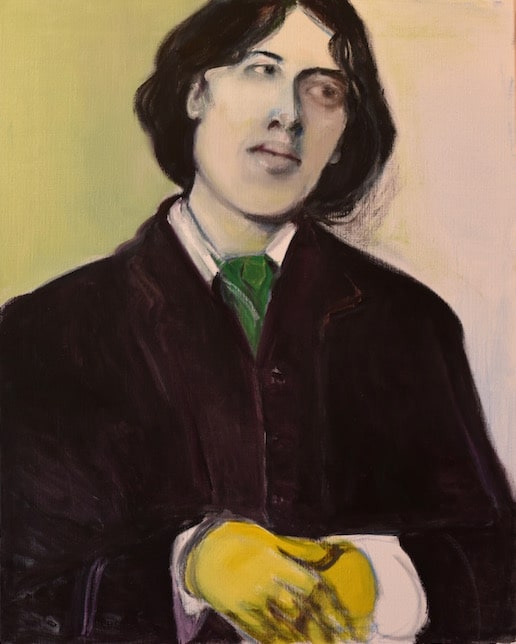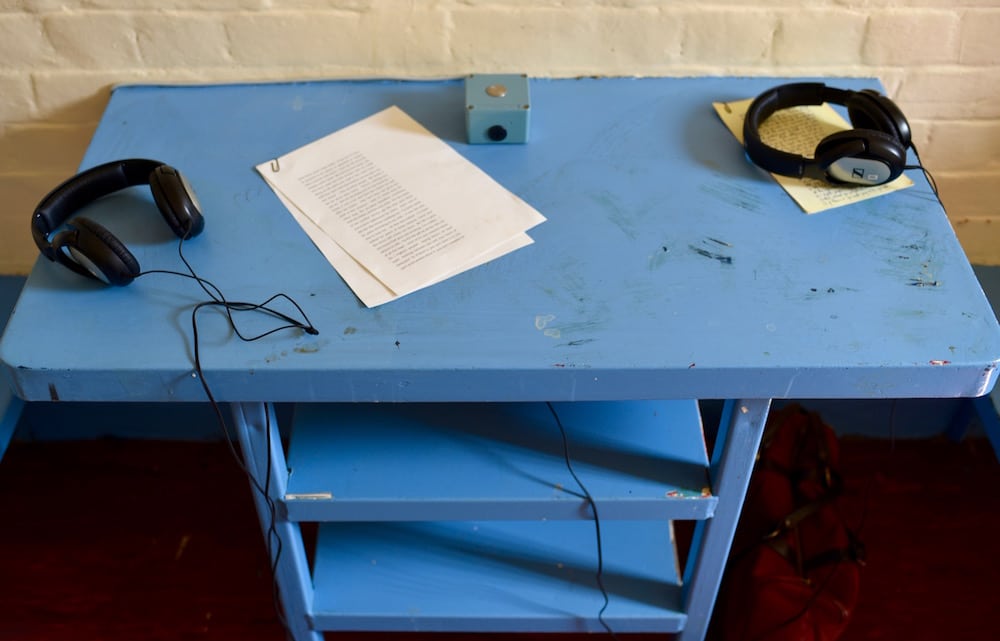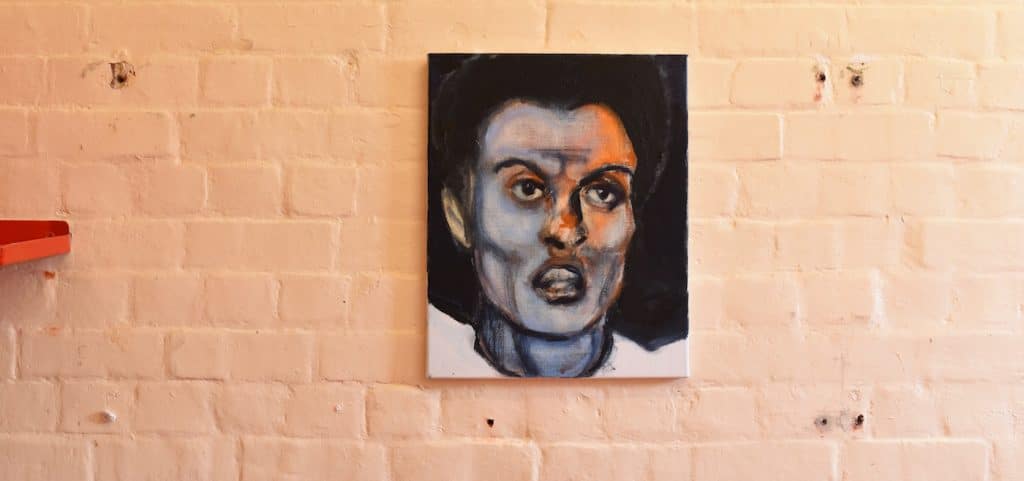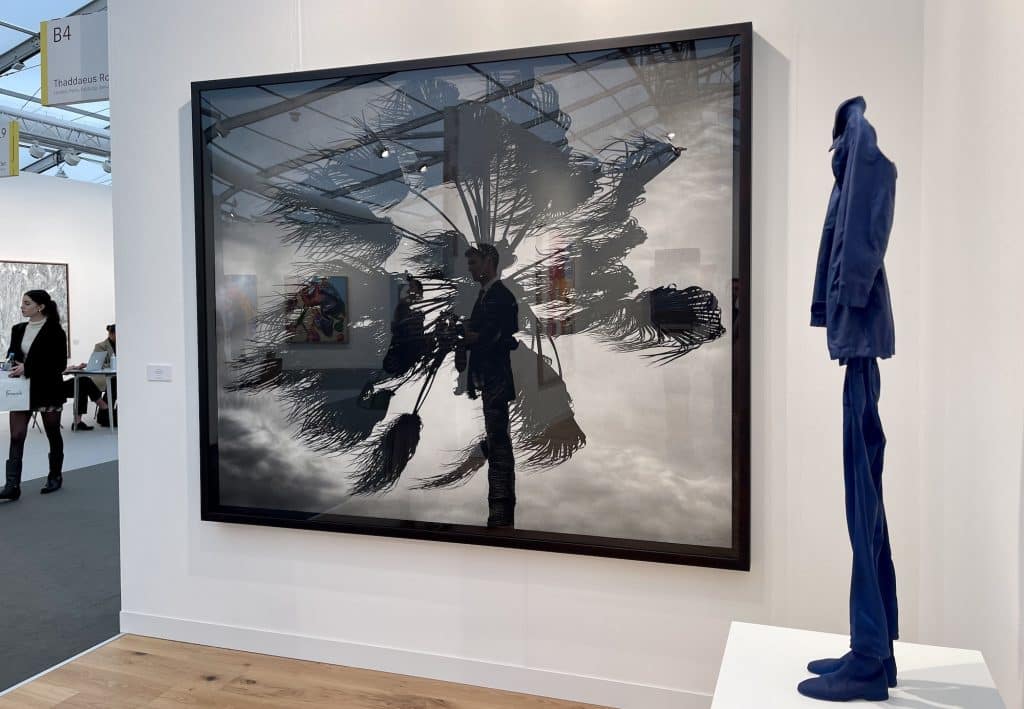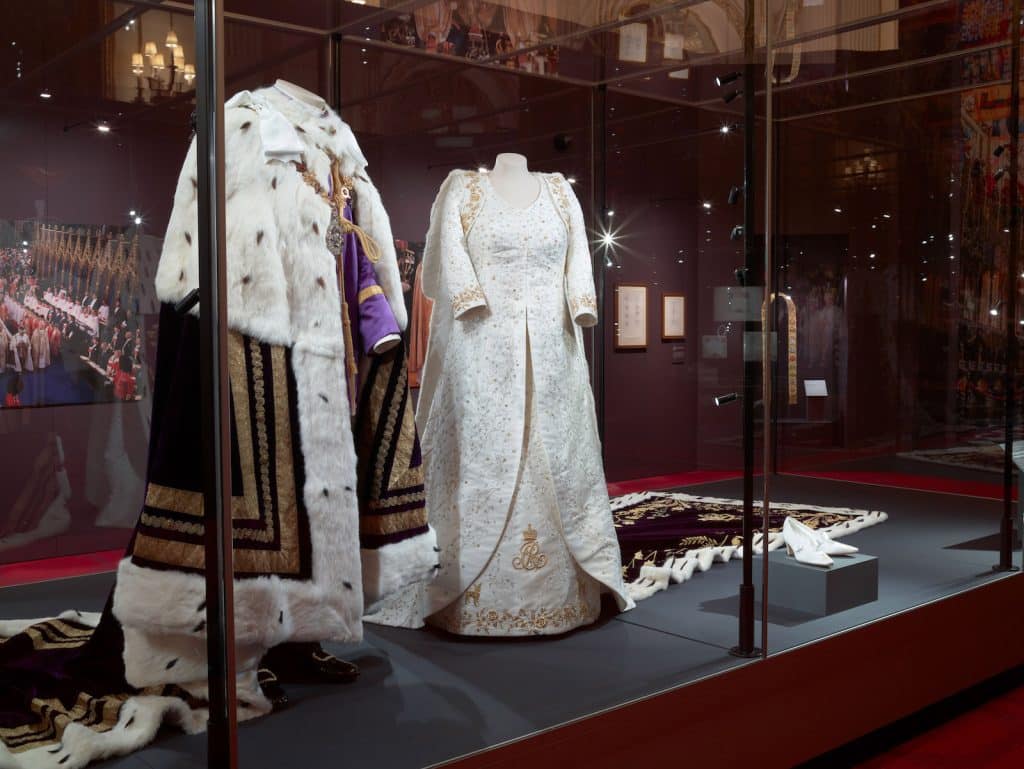Each narrow cell in which we dwell
Is foul and dark latrine,
And the fetid breath of living Death
Chokes up each grated screen,
And all, but Lust, is turned to dust
In Humanity’s machine.
The Ballad of Reading Gaol, Oscar Wilde
For the very first time in its history, Reading Prison – formerly Gaol – has been opened to the public. The National Trust have teamed up with Artangel to allow visitors to tour the corridors and cells best known for incarcerating Oscar Wilde for two traumatic and life-changing years from 1895.
We visited on a warm summers day, with well-lit corridors and cell walls illuminated by bright shafts of sunlight. It was not the best time to experience anything of the misery that prisoners must have endured from the 1840’s right up until its surprisingly recent decommissioning in 2013, but it was not too difficult to imagine the hardships that were endured.
The core of the prison remains largely as it was built, in brick and cast iron, by George Gilbert Scott. As a renowned Victorian Gothic revival architect, he was chiefly associated with the design of churches and cathedrals, but was also architect of iconic buildings like the Midland Grand Hotel at St Pancras Station.
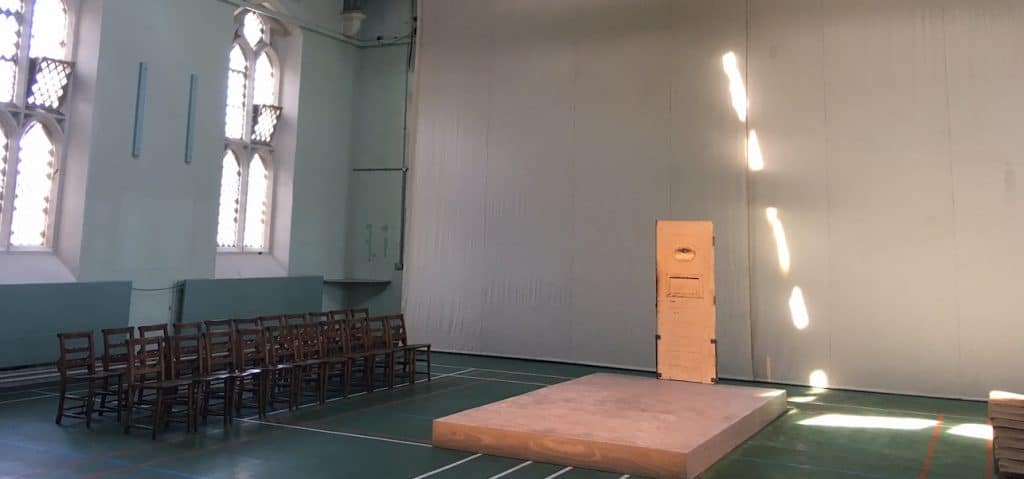
The space once had a sloping floor where the prisoners each had their own cubicle, banned from seeing or communicating with any other inmate. Total silence in fact originally reigned throughout, with prisoners locked 23 hours a day in single cells, banned from talking, or seeing others, and hooded when moved.
Those more dangerous or unruly were held in the handful of the ‘dark cells’ underground; isolated in the almost unimaginable privations of total darkness and silence. After taking showers in the adjacent area, other prisoners were often given a two-minute taste of isolation as a, presumably, very effective warning of what would become of them should they misbehave.
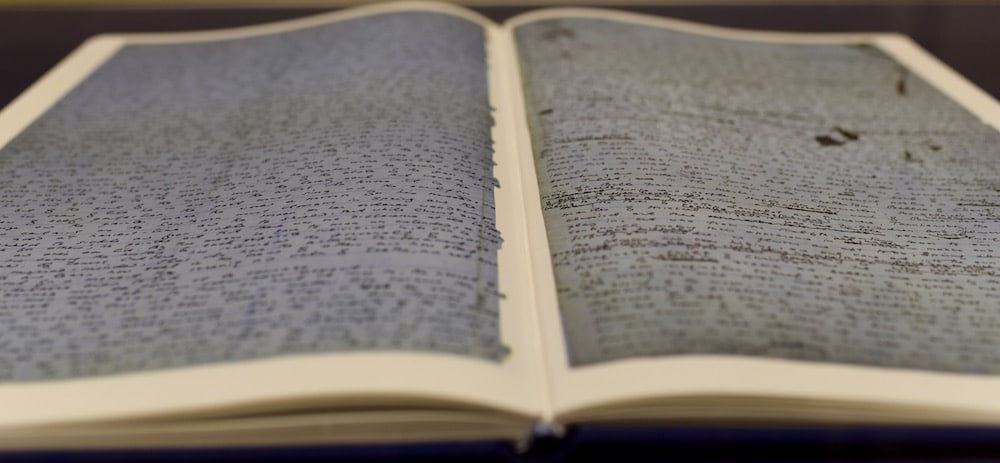
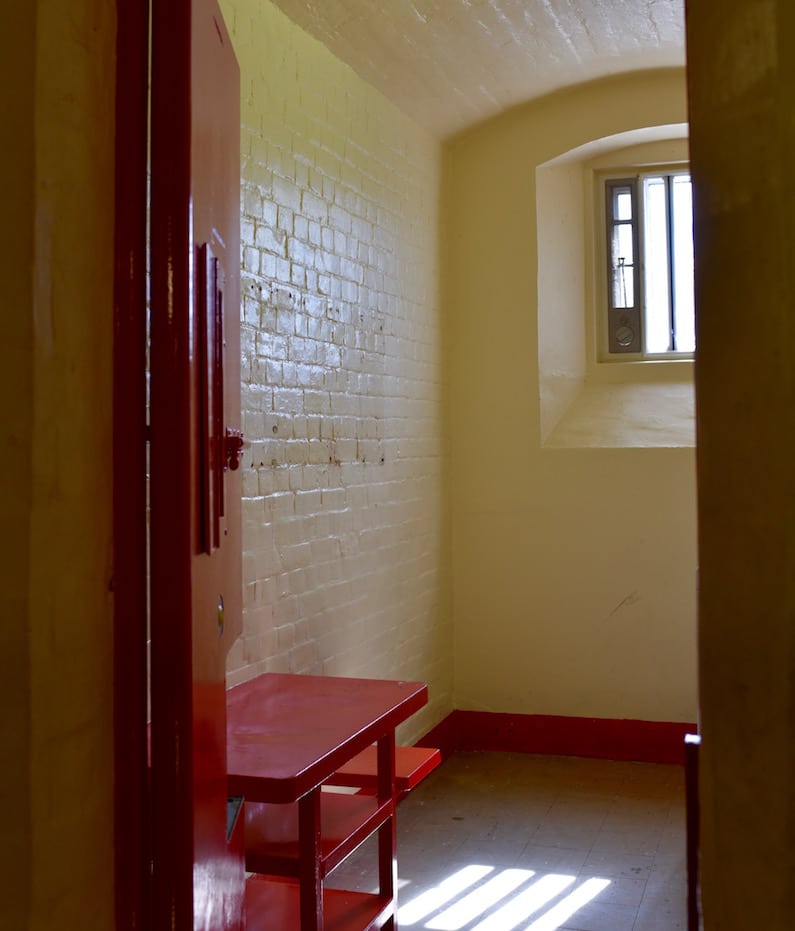
Alongside the prison tours, arranged by the National Trust, is a very impressive exhibition of contemporary art. Organised by Artangel, who commission ‘art that challenges perceptions, surprises, inspires and wouldn’t be possible within the confines of a gallery’, they have invited a formidable array of talent to produce work that reacts to the prison environment and its history.
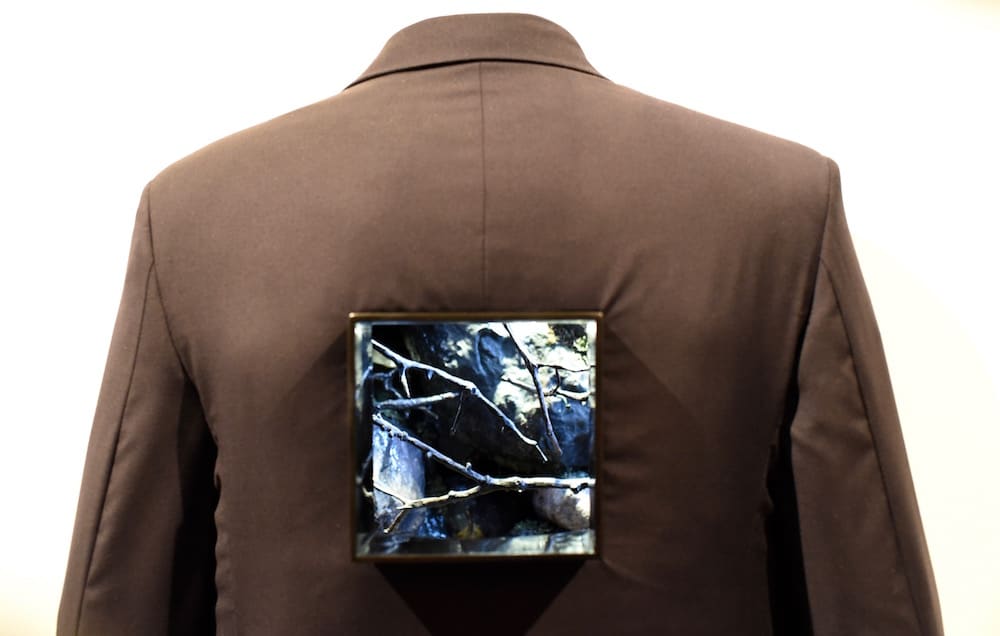
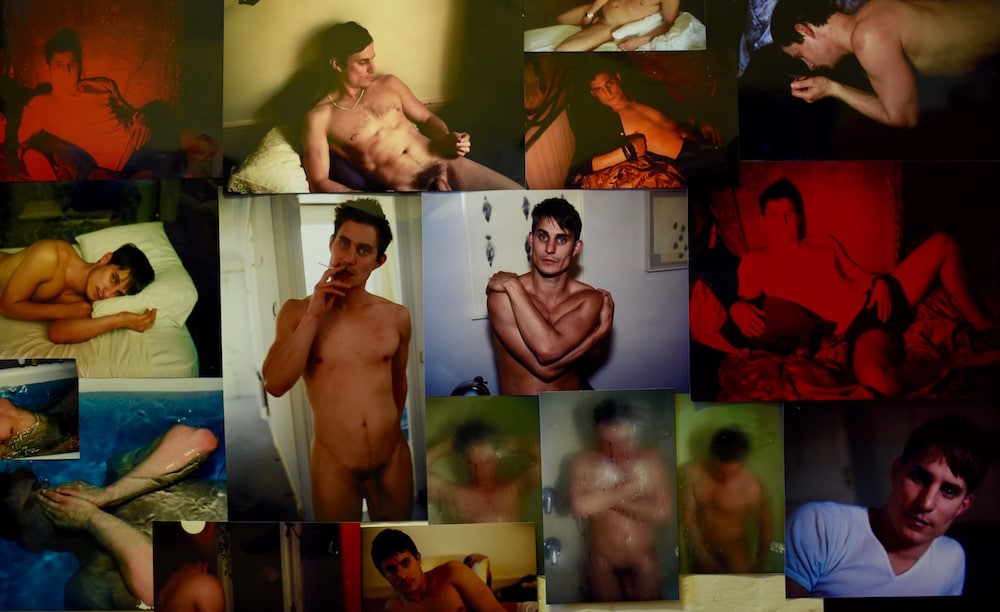
Marlene Dumas has produced eight new canvases that include Wilde and Bosie as well as chronicling other troubled relationships such as between Jean Genet and two of his lovers and Pier Paolo Pasolini and his mother.
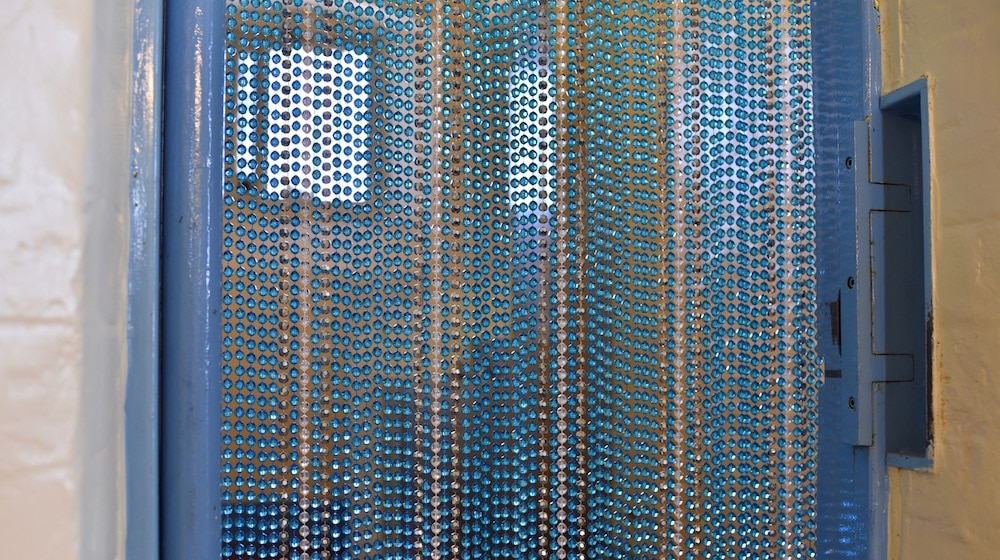
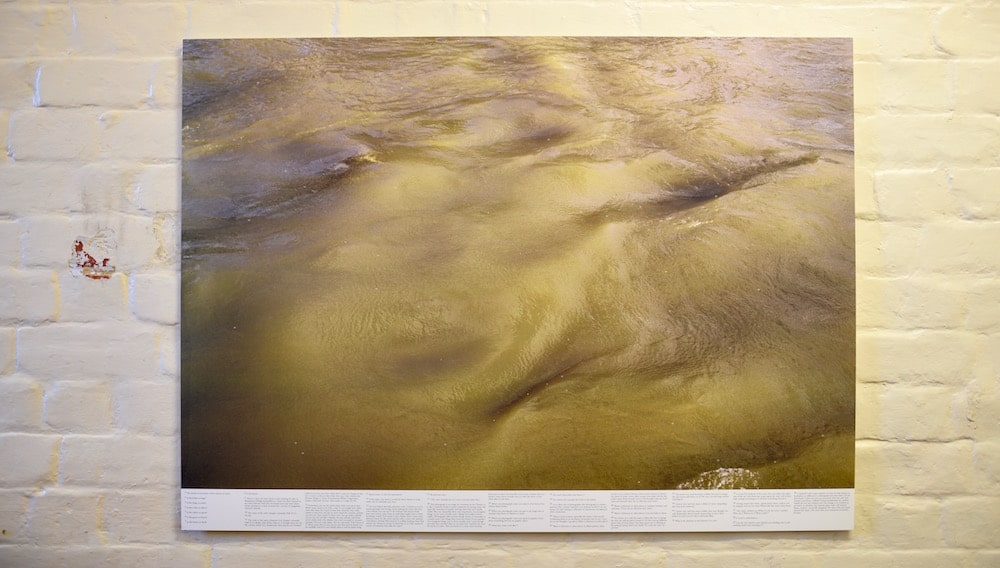
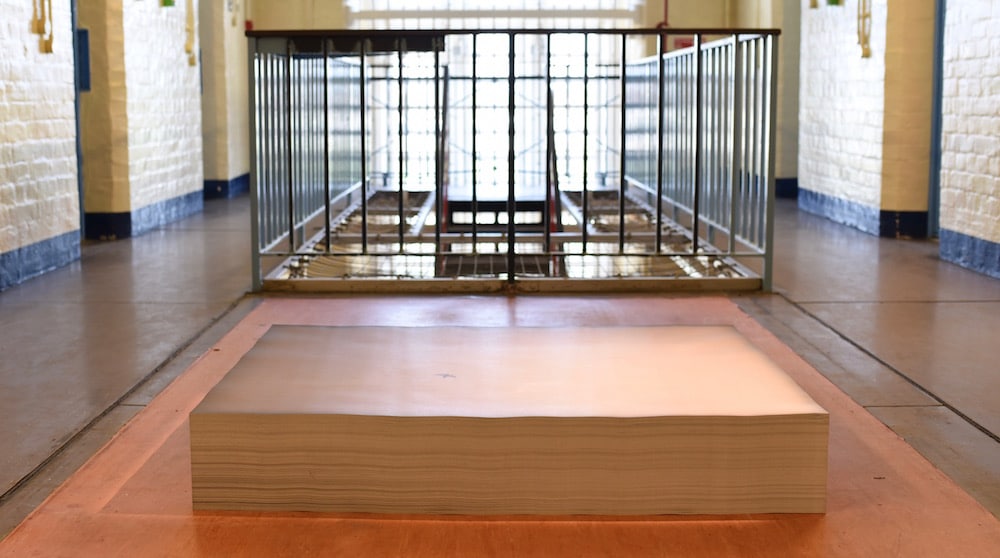
Inside – HM Prison Reading is open for tours Friday 9 September – Saturday 29 October 2016
Artists and Writers by Artangel at Reading Prison – runs from 4 September to 30 October 2016
For more information visit www.artangel.org.uk




